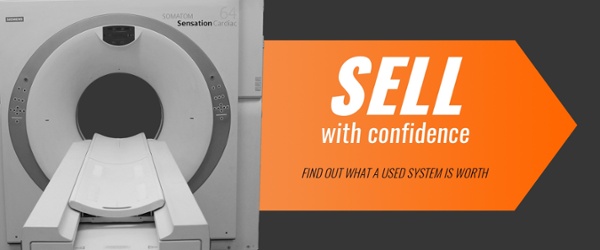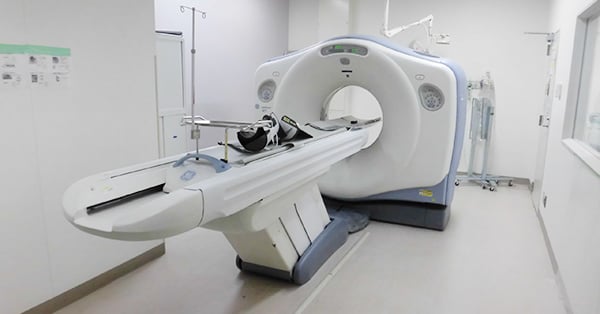
Of all the modalities in the diagnostic imaging arena, CT has undergone, perhaps, the most extensive transformation and adaptation since its emergence in hospitals and clinics in the 1970's. Doubling, quadrupling, even octupling slice counts, declining radiation doses, reconstruction algorithms that increase image detail- the list goes on. More recently, we’ve seen remarkable breakthroughs in wide area detector technology which have greatly enhanced clinicians' ability to image the entire heart and brain in a single rotation. These advancements in technology have rapidly shortened the time to diagnose acute onset of strokes, and early signs of cardiac disease. If you find yourself preparing to upgrade your standard CT technology to this type of advanced platform, here are a few keys to selling your existing system to help offset the cost and clear the way.
Click here to tell us about your system and find out its value.
Tips for Selling Your CT
General System
When documenting the system you intend to offer, a spec sheet in writing is something you'll definitely want to compile. On top of a list of the pertinent functional details, though, you'll also want to take a lot of pictures to confirm the specifications and demonstrate the overall condition of your system. Photos of the scanner, injector, and any associated workstations are important. Accessories like phantoms, manuals, and backup software disks should also be photographed. Additionally, pictures of the operator’s console demonstrating the current software level are key.
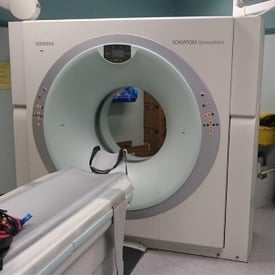
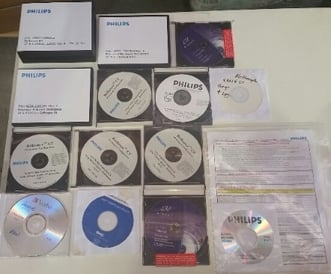
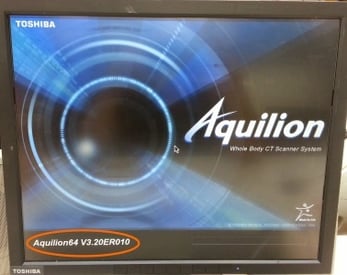
Tube Usage
The most important image to capture is the one showing the overall usage of the current tube. CT manufacturers use a number of different metrics for this, but the software for all of them keeps a running total of the time a tube both had power applied to it and was scanning. GE and Siemens refer to this metric as "scan seconds" while Toshiba refers to it as "slice time". Other manufacturers may have different naming conventions, but a photo of the tube statistic screen for any of them should suffice to give potential buyers a good idea of how much a tube has been used. From there, knowledgeable buyers will be able to use past experience to put a ballpark estimate on the tube's remaining lifespan and factor it into their offer. See the examples below from several popular CT models.
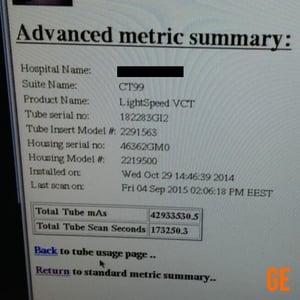
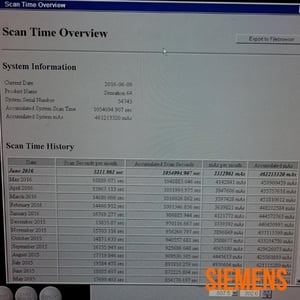
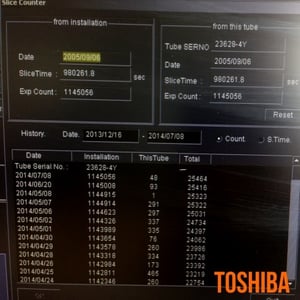
Asset Tags
Pictures of the manufacturer's asset tags showing year, make, model, and system serial number are a must. For many CT gantries, these can be found on the back side near the floor. For cabinets, check the sides or inside the front door. For tables, the back side of the pedestal is a frequently used labeling spot. Here are a couple of pictures taken from a GE CT gantry as an example:
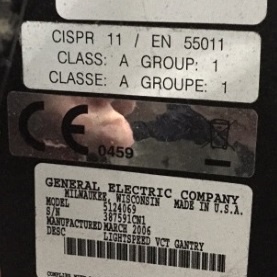
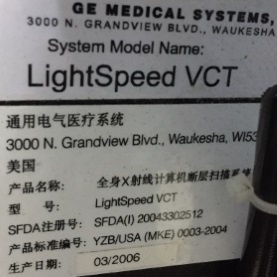
Availability and Removal
It's also important to share with prospects the date your system will be available for removal. Whoever takes your system off your hands will need to coordinate logistics with deinstallation engineers, truckers for shipping, and- if your buyer is also a reseller- possibly another hospital or clinic where your used system will find its new home. On top of that, you'll need that firm date to coordinate with the installers of your next CT system to have the removal and the installation as close together as possible to minimize the time you'll be unable to scan patients.
The Takeaway
As you consider putting your used CT scanner on the market, the best takeaway we can offer is this: The more detail you share, the more likely you'll be to get an accurate valuation and a transaction with little to no confusion on the back end.
If you're just getting started with your sale, the Block Imaging team is ready to help. As an equipment provider, we're always on the lookout for quality systems to buy as well. If you can compile the above, we're ready to provide you a full turnkey proposal for purchase and professional removal. Contact us with the buttom below to tell us about the system you're selling.

Paul Crawford
Paul Crawford is the Vice President of Equipment Solutions at Block Imaging. Paul connects with healthcare facilities across the world to offer CT solutions and manages the wholesale sales team. When Paul is not helping customers with their CT needs, he enjoys spending time with his family, watching MSU sports, and CrossFit.



